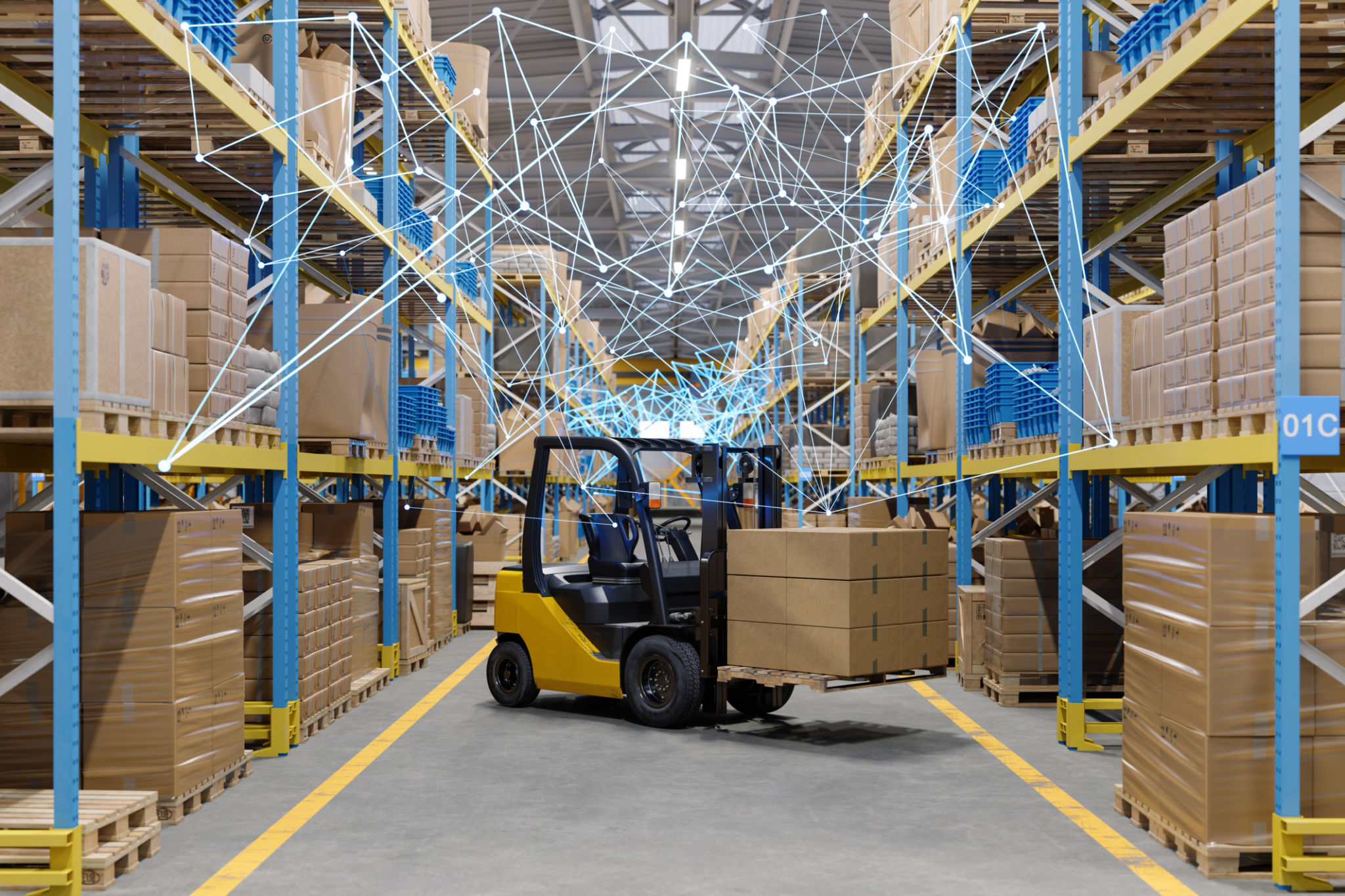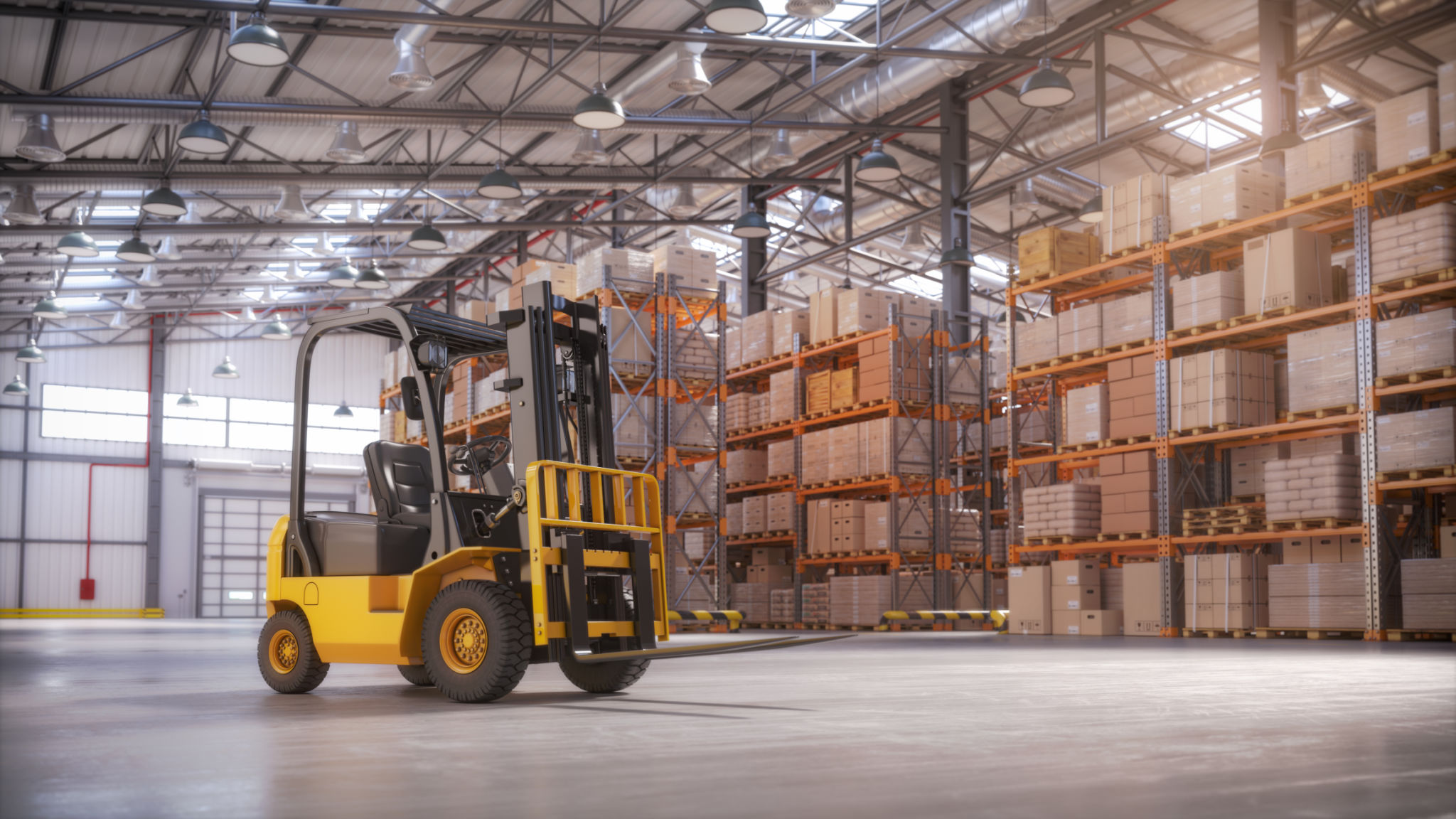The Future of Pedestrian Forklift Technology: Innovations to Watch
Introduction to Pedestrian Forklift Technology
As industries continue to evolve with technological advancements, the realm of material handling is no exception. Pedestrian forklift technology is witnessing significant innovations that promise to revolutionize how businesses manage their logistics and warehouse operations. From enhanced safety features to improved efficiency, these developments cater to the growing demand for smarter and more adaptable solutions.
Enhanced Safety Features
Safety is paramount in any material handling environment, and pedestrian forklifts are no different. Recent innovations focus on incorporating advanced safety mechanisms such as proximity sensors, automatic braking systems, and enhanced operator visibility. These features aim to reduce the risk of accidents and ensure a safer working environment for everyone involved.

Autonomous and Semi-Autonomous Capabilities
The integration of autonomous technology into pedestrian forklifts is a game-changer. By leveraging AI and machine learning, these forklifts can perform tasks with minimal human intervention. Semi-autonomous models are also gaining traction, offering a blend of manual control with automated assistance to enhance productivity and reduce operator fatigue.
Some benefits of autonomous forklifts include:
- Consistent performance and reduced human error
- Optimized route planning and navigation
- Increased operational efficiency
Connectivity and IoT Integration
The Internet of Things (IoT) is making waves in the logistics sector by providing real-time data analytics and connectivity. Pedestrian forklifts are now equipped with IoT sensors that monitor various parameters such as battery health, operational status, and load capacity. This data can be used to optimize fleet management, predict maintenance needs, and improve overall workflow efficiency.

Energy Efficiency and Sustainability
With increasing emphasis on sustainability, energy-efficient pedestrian forklifts are becoming a priority for many businesses. The shift towards electric-powered models not only reduces carbon footprints but also offers cost savings in terms of fuel consumption and maintenance. Innovations in battery technology and energy regeneration systems are further enhancing the efficiency of these machines.
Ergonomic Design Improvements
Operator comfort is another area where pedestrian forklift technology is seeing significant improvements. Ergonomic designs that focus on reducing strain and fatigue are being integrated into new models. Features such as adjustable controls, cushioned platforms, and intuitive interfaces contribute to a more comfortable and efficient working experience for operators.

The Role of Artificial Intelligence
Artificial Intelligence (AI) is playing a crucial role in transforming pedestrian forklifts into smarter machines. Through pattern recognition and adaptive learning, AI enables these forklifts to understand their environment better, optimize task execution, and even predict potential issues before they arise. This results in reduced downtime and increased operational efficiency.
Conclusion: A Future of Endless Possibilities
The future of pedestrian forklift technology is indeed promising, with innovations focusing on safety, autonomy, connectivity, and efficiency. As these technologies continue to evolve, businesses will benefit from improved productivity and safer working conditions. Staying informed about these advancements will be crucial for companies looking to maintain a competitive edge in the material handling industry.
